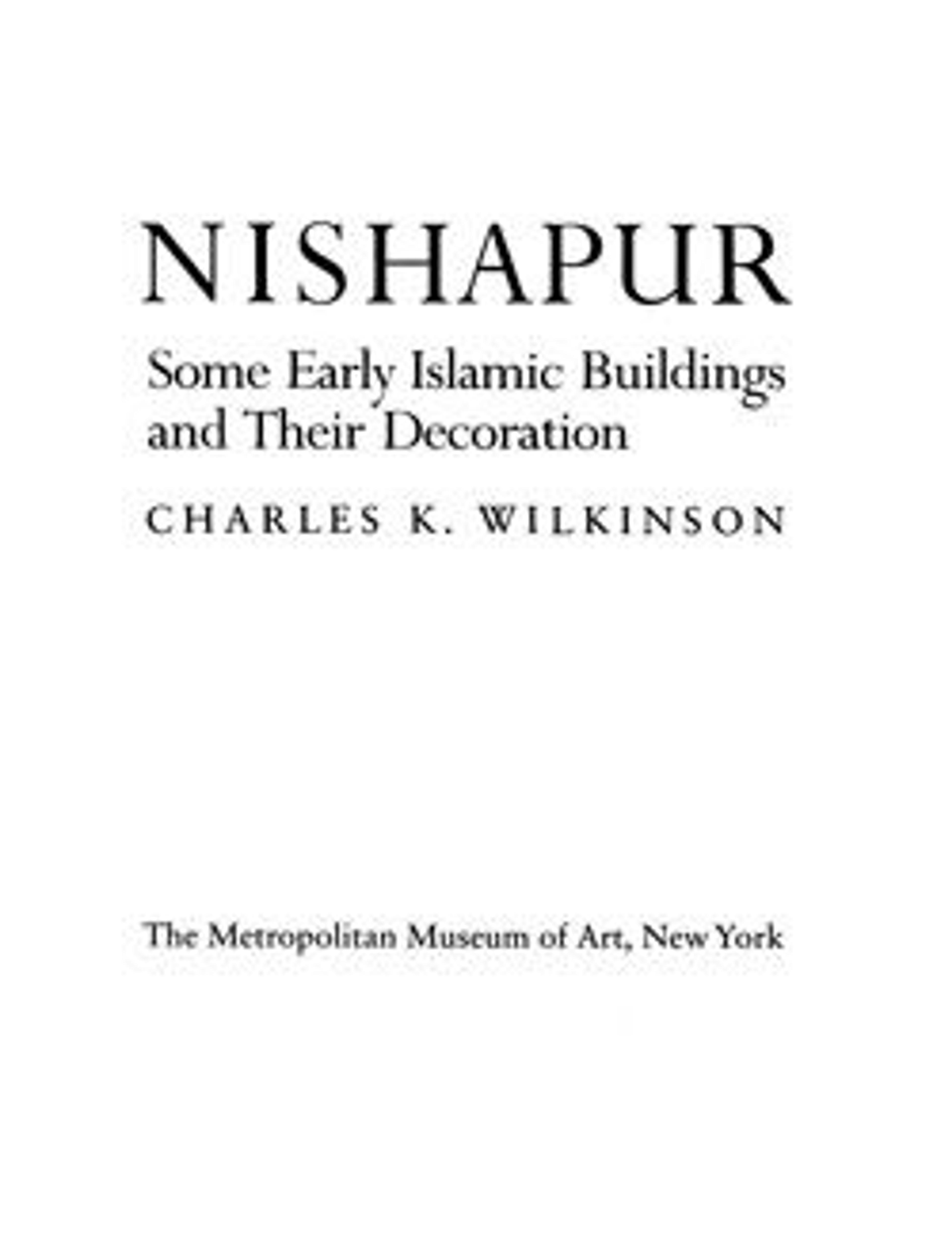Dado Panel
In 1935, a team of archaeologists from the Metropolitan Museum began excavating a mound known as Sabz Pushan (the Green-Covered), located near the city of Nishapur. The excavation uncovered part of a tenth-century residential neighborhood with several units richly decorated in carved and painted stucco. This panel was assembled from fragments of carved stucco found on the floor of one of these units, having crumbled off a nearby wall where they originally formed a long dado. The panel’s main decoration consists of a band of eight-point stars, each filled with a slightly different cluster of vegetal motifs. In the very center is a peculiar ornament consisting of a half-palmette leaf from which a motif emerges that could be interpreted as a bird’s head. Such playfulness is common in the architectural ornament of Nishapur, where vines are animated with eyes and hands (40.170.176), and letters on inscription bands sprout leaves (40.170.442).
Artwork Details
- Title:Dado Panel
- Date:10th century
- Geography:Excavated in Iran, Nishapur
- Medium:Stucco; carved, with some cast plaster elements
- Dimensions:Panel:
H. 36 1/2 in. (92.7 cm)
W. 107 in. (271.8 cm)
Wt. 425 lbs. (192.8 kg)
Frame:
D. 2 1/2 in. (6.4 cm)
Frame D. with tabs:
D. 2 3/4 in. (7 cm) - Classification:Stucco
- Credit Line:Rogers Fund, 1940
- Object Number:40.170.443
- Curatorial Department: Islamic Art
More Artwork
Research Resources
The Met provides unparalleled resources for research and welcomes an international community of students and scholars. The Met's Open Access API is where creators and researchers can connect to the The Met collection. Open Access data and public domain images are available for unrestricted commercial and noncommercial use without permission or fee.
To request images under copyright and other restrictions, please use this Image Request form.
Feedback
We continue to research and examine historical and cultural context for objects in The Met collection. If you have comments or questions about this object record, please contact us using the form below. The Museum looks forward to receiving your comments.
